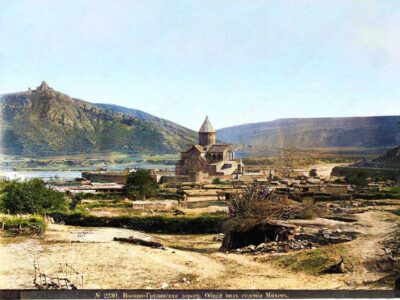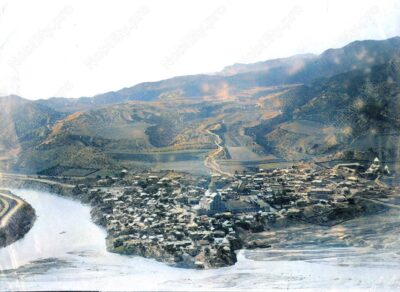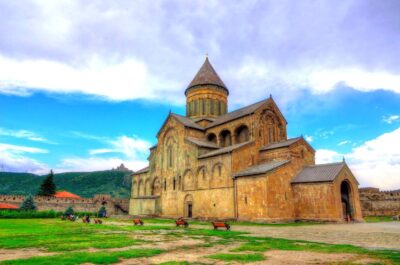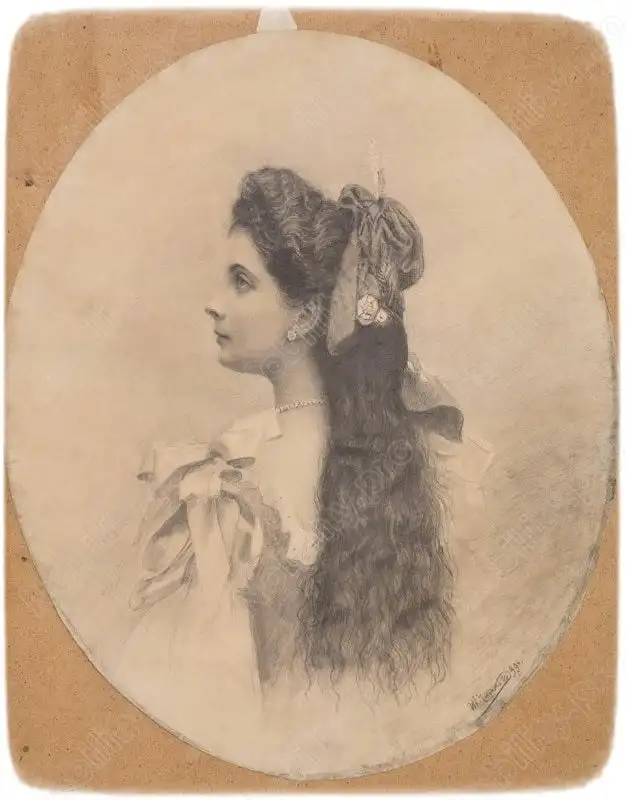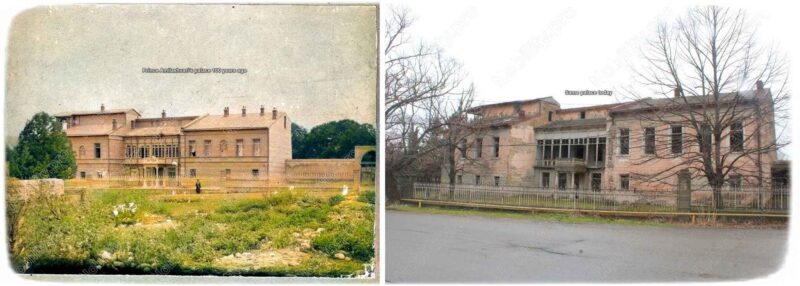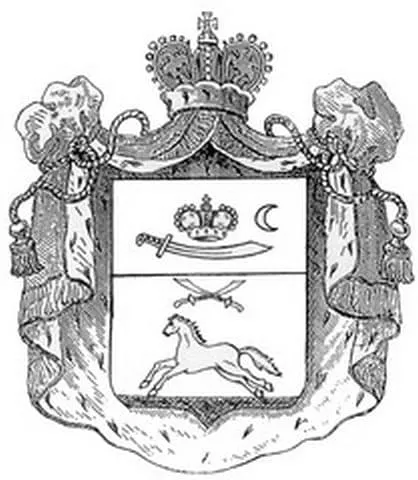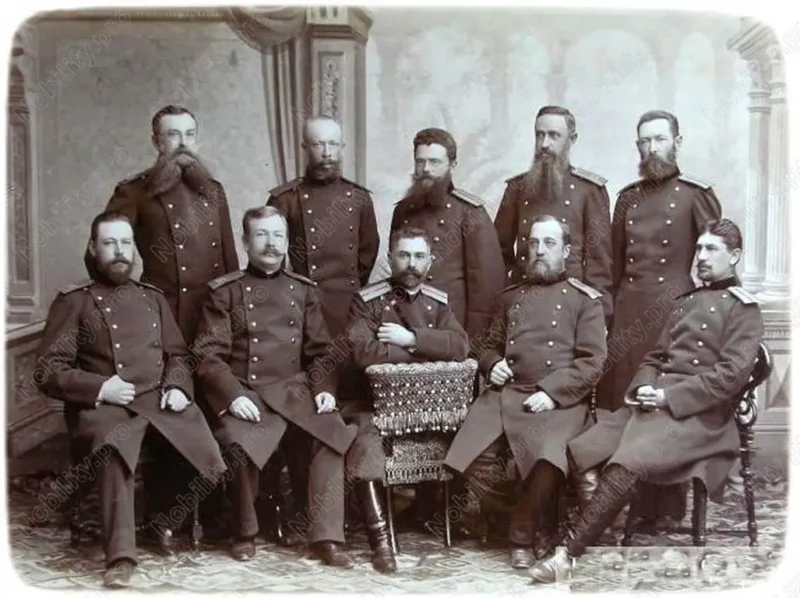Svetitskhoveli Cathedral – The most important monument of Georgian culture, art and architecture – 54 meter-high Svetitskhoveli stands at the confluence of the Mtkvari and the Aragvi. The history of the temple is inseparable from the history of Georgia. The place of the Svetitskhoveli and the construction of the first temple are related to spreading Christianity in Georgia.
The main entrance gate through the temple wall was built in 1029 by the order of the Catholicos Melchizedek. The gate is a two-storey construction. There are sculptural images of stone bulls in the upper part of the arch of the gate. Starting from the Bronze Age, the bull had been the cult that was spread throughout the whole Georgia and it was the symbol of farming. In the pre-Christian traditions, the bull was sometimes associated with the moon or the sun cult ritual.
According to “Kartlis Tskhovreba”, in the 1st century, Elioz Mtskheteli and Longinos Karsneli – the arrivals from Jerusalem, brought Lord’s Robe to Mtskheta. Elioz’s sister Sidonia took the Lord’s Robe, put it to her heart and passed away. Sidonia was buried with Robe. The cedar grew on the grave. After Saint Nino’s preaching Christianity, King Mirian became the believer of Christ and decided to build a temple on the place where the cedar grew. The cedar was cut and seven pillars were made of it. The six pillars were put up for the temple, the seventh pillar hung in the air and remained immovable.
Saint Nino spent the whole night praying and in the morning the miracle happened – the pillar lit up and merged with the ground and Chrism started running down it. The pillar was called “SvetiTskohveli” – (“Living Pillar”) and it became the name of the cathedral. King Mirian built a wooden temple. During Vakhtang Gorgasali reign in II half of V c., when Church of Georgia gained the autocephaly, Svetitskhoveli Cathedral became a Catholicos Center of the whole country. A large three-nave stone basilica was built on the site of the former wooden temple. According to Juansher, “Mtskheta’s king Vakhtang built the Church of the Apostles – “Svetitskhoveli” (Living Pillar).
The temple existed till XI c. After uniting Georgia Catholicos-Patriarch of Georgia Melkizedek I trusted architect Arsukidze to construct a new, large cross-domed temple. There is a relief image of the right arm with an architect square tool under the central arch of the cathedral with the inscription on both sides: “The hand of the slave of God Arsukidze. Forgive him.” Since the day of its blessing Svetitskhoveli Cathedral has been the residence of Catholicos Patriarchs of Georgia.
As you enter the temple, the grandiose space opens in front of you. At the entrance, there is a stone Baptismal Font on the right, which must have been of the times of the Baptism of Georgians and it must have been gilded. In the upper parts of the cathedral there were hiding places to escape to during adverse times, also – to hide the temple treasure and libraries in them.
In the western part of the temple there stands Sveti Tskhoveli (“Living Pillar “) in the place of the old main pillar with a self-supporting (neckless) dome and the pyramidal brick roof. The miraculous Pillar was kept there. The Pillar contains fables of the Gospel and scenes depicting the spread of Christianity in Kartli. Christ is represented in the dome area of the pillar. The corners of the arches are decorated with the plants ornaments. The drawing is performed by the painter Grigol Guljavarasshvili under the guidance of Catholicos Nikoloz Amilakhvari in the XVII century (1678-88).
Svetitskhoveli was a final resting place of Georgian kings. According to historical sources, David Ulu, Demetre Tavdadebuli, Giorgi Brtyskinvale, Giorgi VII, Giorgi VIII, Alexander the Great, Simon I and others must have been buried there. Unfortunately, the graves of Vakhtang Gorgasali, Erekle II and Giorgi XII have only been known to us.
